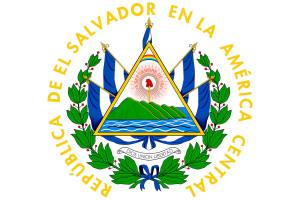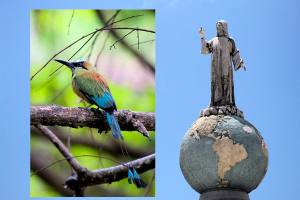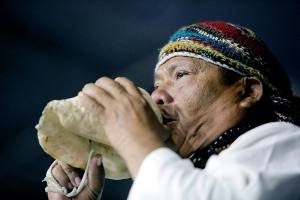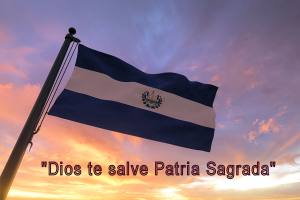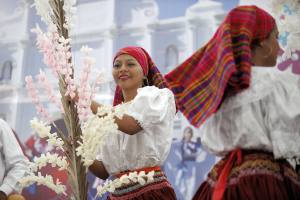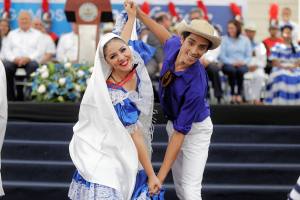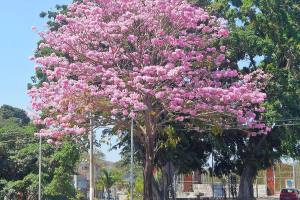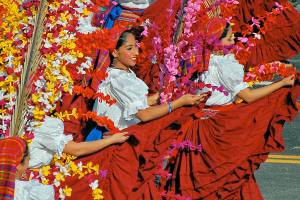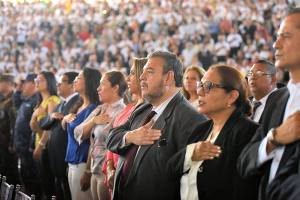The patriotic symbols are the direct representation of the history of a nation, where change has allowed the development and growth of its culture and traditions. It’s the case of the flag of El Salvador, a symbol that defines the ideals of a free and independent people.
Throughout history, different models have emerged until reaching the current one. Some variations in the past made it similar to the symbol of other nations until finally, it acquired its meaning to exalt the incredible feats and wonders that El Salvador possesses.
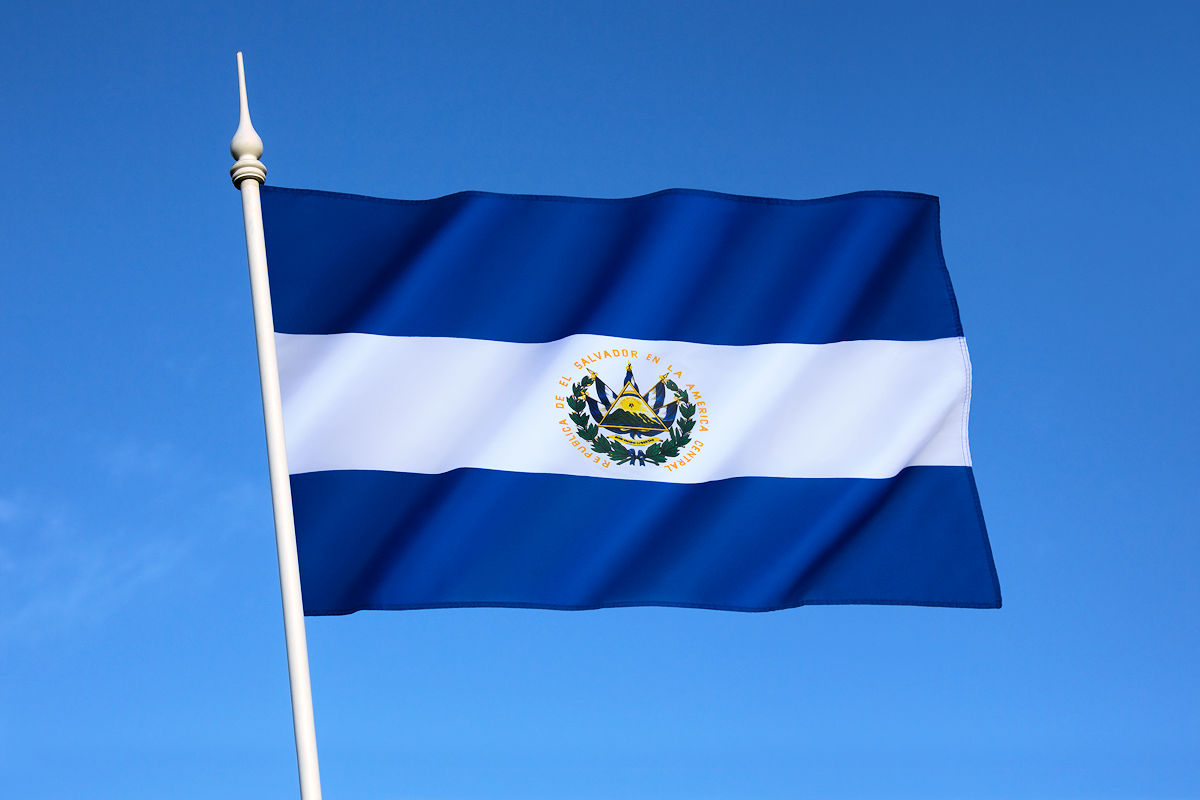
FLAG OF EL SALVADOR - Traditions of El Salvador. Photo by twenty20photos. Envato.
Come and join us to discover the history of the Flag of El Salvador, its origin, and the meaning of all the elements that compose it.
History and origin of the Flag of El Salvador
History attributes the creation and design of the flag to Manuel José Arce, who became the leader of the Salvadoran militiamen in 1822. According to the data, he chose the colors with the help of Felipa Aranzamendi and Antonia Manuela, who were his wife and sister, respectively.
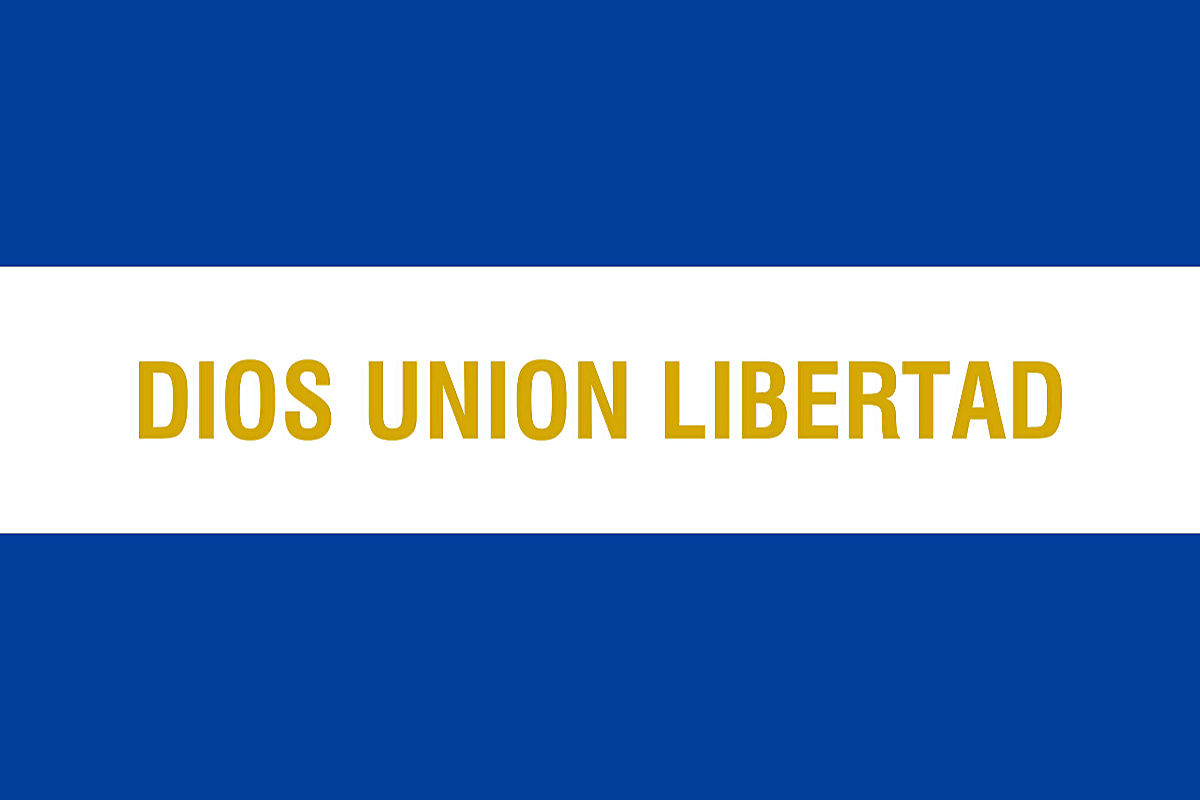
These colors are dedicated to the heroes San Martin and Belgrano of Argentine origin. So the light blue at the top and bottom ends. The white in the middle stripe was similar to the flag of the Republic of Argentina.
It established its adoption as the national emblem on February 20, 1822, and from this point on, different models of the flag emerged. All of them, as a symbol of the transformation and evolution of El Salvador.
Flag of 1823
By the end of August 1823, the flag took a historical turn to be adopted by the United Provinces of Central America. This first modification included adding a coat of arms in the center stripe.
In addition, the phrase “Dios Unión Libertad” was added, the motto displayed on merchant ships, and that would later be used as a military emblem. For this one, place the phrase in the upper stripe.
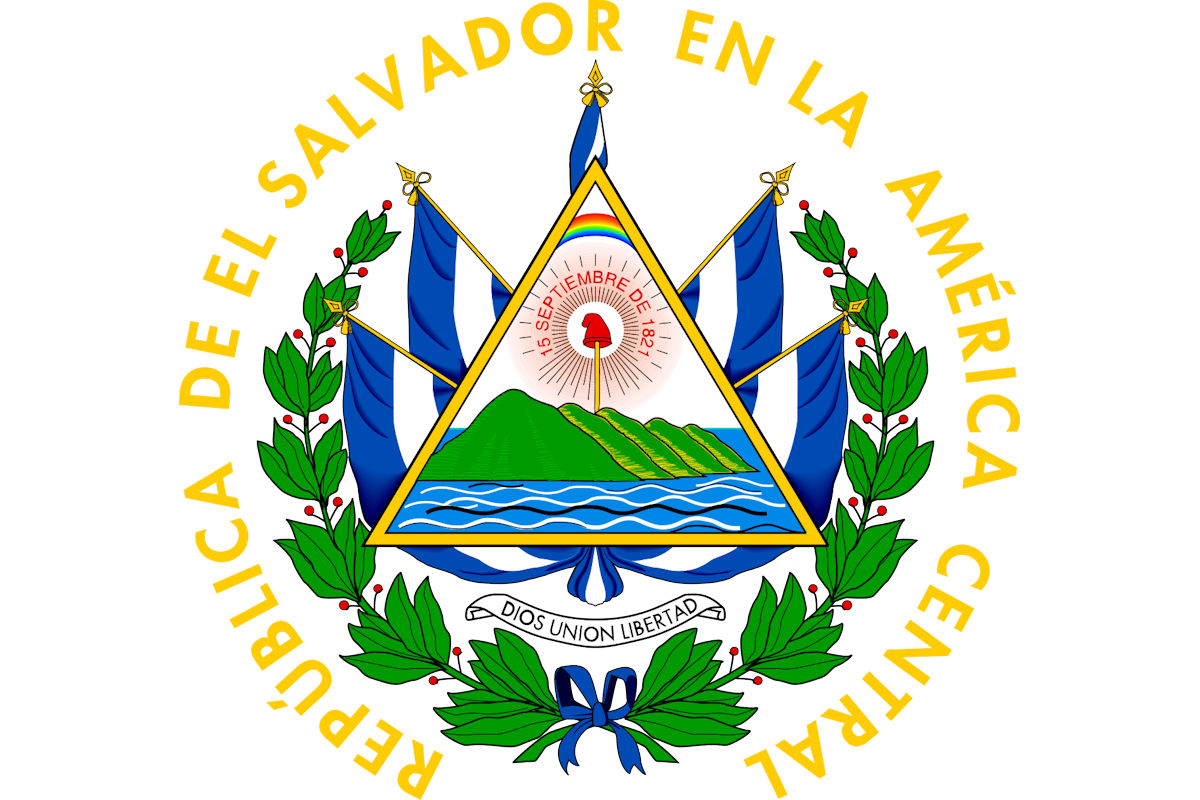
Its boom lasted until 1838 when the federation was dissolved. However, it was used on a better scale until its following modification in 1851. The round coat of arms was changed to an oval shape and added two olive branches. Used it to integrate Honduras, Nicaragua, and El Salvador.
Flag of 1865
By decree of Francisco Dueñas, president of the Republic, in 1865, made the following modification of the flag. The law took place on April 28 and was released on May 4 of the same year.
In this case, the flag adopted a similar aspect to that belonging to the United States, so it was composed of 5 blue and four white stripes. In addition to a red box at the upper left corner.
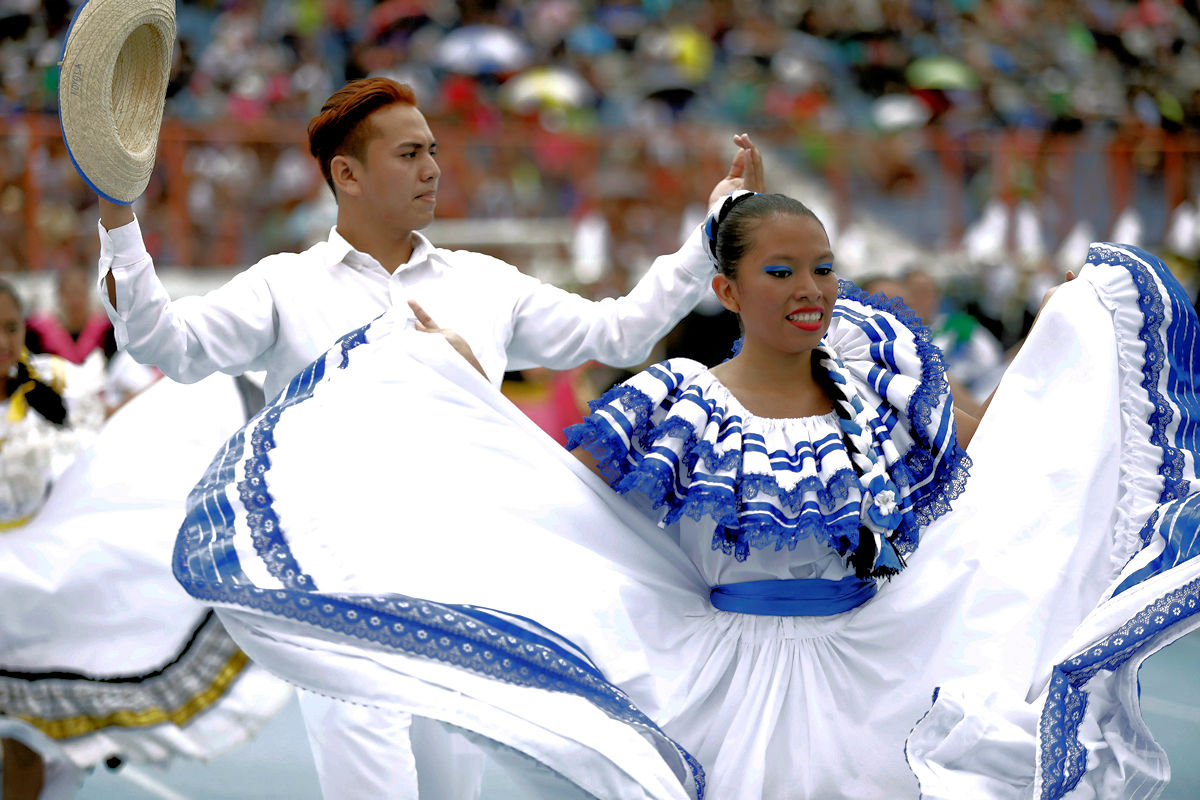
Inside the painting, there were nine stars as a representation of the departments of El Salvador. Over the years, this characteristic changed, including the shield and returning to the stars until 1912.
Flag of 1895
The flag of 1895 was promoted by General José Santos Zelaya López, president of Nicaragua, as part of the unification of that nation with Honduras and El Salvador. Such action resulted in the creation of the Major Republic of Central America, in force between 1896 and 1898.
During this period, an attempt was made to incorporate Costa Rica and Guatemala without favorable results for the federation. Then, a military coup in 1898 overthrew the treaty, and the last flag was adopted again until 1912.
Current flag
The flag of El Salvador, as it is known today, was created by presidential decree on May 17, 1912. Dr. Manuel Enrique Araujo, president of El Salvador at the time, established the use of the flag made in 1838.

The only difference is that it would change the light blue it had to be cobalt blue. Likewise, the coat of arms would be modified in favor of the peculiarity of the Nation. Its final design was in charge of Rafael Barraza Rodríguez.
Characteristics and meaning of the Flag of El Salvador
The elements that compose the flag of El Salvador are attributed to the different historical processes that have originated its transformation. With this, variations arise depending on the use or acts in which this symbol is hoisted.
It generally consists of two cobalt blue stripes and white stripes where the coat of arms representing El Salvador is located. This shape is attributed to the National or Magna Flag.

In case of civic events, the coat of arms is omitted to place the Nation’s motto in amber color in the center stripe or is left blank. On the other hand, each of the elements that compose it has a particular meaning, which are:
- Upper and lower stripe in cobalt blue: Represents the two oceans that compose Central America, the Pacific, and the Atlantic, together with the entire Salvadoran sky.
- Central stripe in white: Symbol of peace and harmony in the Nation.
- Amber color: Use only in civic acts to write the motto on the flag used.
- Meaning of the motto: “GOD, UNION, AND FREEDOM.” God represents the Supreme power; the Union means to dialogue and reason; Liberty is the desire and idiosyncrasy of a fighting people.



